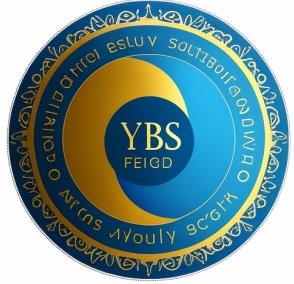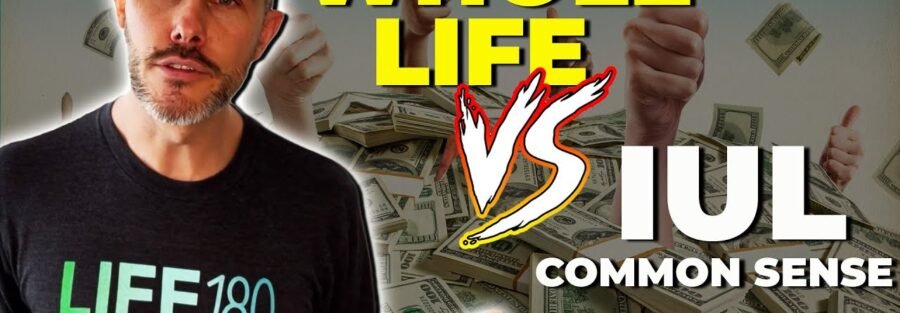Keyword and search term rich 2-3 sentences that describes the video, pain points, problems, solutions, etc.]] SET UP A …
[wpcode id=”4722″]
Indexed Universal Life (IUL) and Whole Life insurance are two popular options in the realm of permanent life insurance. Both offer lifelong coverage and a cash value component, but there are key differences between the two that can significantly impact their performance and value to policyholders. In this article, we will delve into the main difference between Indexed Universal Life and Whole Life insurance to help you make an informed decision when choosing the right life insurance policy for yourself or your loved ones.
Indexed Universal Life (IUL) insurance is a type of permanent life insurance that offers a death benefit and a cash value component that is tied to the performance of a stock market index, such as the S&P 500. This means that the cash value of an IUL policy has the potential to grow at a higher rate than traditional Whole Life insurance, depending on the performance of the chosen index.
On the other hand, Whole Life insurance is a more traditional type of permanent life insurance that offers a fixed death benefit and a guaranteed cash value component that grows over time. The cash value of a Whole Life policy grows at a fixed rate specified in the policy contract, typically around 2-4% annually.
The main difference between Indexed Universal Life and Whole Life insurance lies in how the cash value component of each policy grows. With an IUL policy, the cash value has the potential to grow at a higher rate due to the fact that it is tied to the performance of an index. This means that policyholders have the opportunity to earn higher returns on their cash value, which can result in a larger death benefit and cash value over time.
On the other hand, with a Whole Life policy, the cash value grows at a fixed rate determined by the insurance company. While this fixed rate provides stability and predictability, it may not offer as much potential for growth as an IUL policy tied to an index. Additionally, the cash value of a Whole Life policy is guaranteed to grow over time, which can provide peace of mind to policyholders who are looking for a more conservative investment option.
Another key difference between Indexed Universal Life and Whole Life insurance is the flexibility of premium payments. With an IUL policy, policyholders have the ability to adjust their premium payments or even skip payments altogether, as long as the cash value is sufficient to cover the cost of insurance. This flexibility can be particularly beneficial for policyholders who may experience financial hardships or changes in income.
On the other hand, Whole Life insurance requires policyholders to make fixed premium payments on a regular basis. While this can provide a sense of stability and discipline, it may not be as accommodating for individuals who prefer a more flexible payment schedule.
In conclusion, the main difference between Indexed Universal Life and Whole Life insurance lies in how the cash value component of each policy grows and the flexibility of premium payments. While IUL policies offer the potential for higher returns and greater flexibility, Whole Life insurance provides stability and guarantees that can appeal to more conservative investors. It is important to carefully consider your financial goals and risk tolerance when choosing between these two types of permanent life insurance to ensure that you select the policy that best meets your needs.











